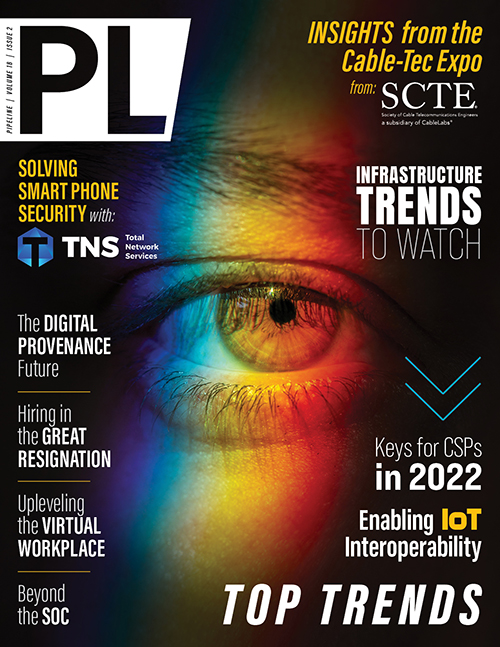Helping CSPs Succeed in 2022 and Beyond
The success of edge services will depend on the ability of CSPs to monetize these new digital services efficiently and rapidly. CSPs need to invest in digital BSS solutions that can support ultra-low latency charging and distributed rating and charging to many thousands of edge sites. Support of slice-based and cross-slice charging scenarios, cost-efficient support of multi-tenant charging requirements and ability to scale on-demand to support growth in number of subscriptions and devices are key characteristics that need to be supported by next-generation digital BSS solutions.
B2B and B2B2X models
These models provide efficient and scalable processes for engaging with customers and partners while also enabling knowledge-sharing across organizations. Effectively implementing B2B and B2B2X models requires industry knowledge of targeted verticals with a comprehensive understanding of their strategic priorities, digitalization needs and unique business challenges. In this context, we see CSPs investing in standalone 5G and 5G private networks to serve their enterprise customers better. To maximize revenue opportunities from enterprises, mobile operators will need to build vertical sector capabilities or partner with companies with sector-specific knowledge. Each sector will likely have a custom set of needs and applications, each requiring a different combination of performance attributes such as speed, latency, and reliability.
Future sales in the enterprise segment will also require a more consultative approach to foster greater collaboration in addressing enterprise pain points, especially integrating new systems into existing IT environments. CSPs will need to build consulting and system integration capabilities either in-house or through partnerships.
CSPs are targeting the profitable yet demanding business segment as they continue to seek alternative revenue streams. Forward-thinking CSPs are combining cloud and mobility capabilities to enhance services for this segment and meet the demand for services anytime and anywhere on any device. CSPs are focusing on offering business customers a wide range of services, such as enabling threshold alerts, setting customer spending limits, broadening customer care options, and expanding loyalty plans.
However, CSPs will need to first deal with their own operational issues before they can effectively meet the demands of business customers. Complex activities, such as resource optimization, service qualification and design, and discovery, prevent optimal service fulfillment and create undesirable fallout. CSPs must streamline their siloed BSS/OSS systems and focus on BSS/OSS convergence, E2E service orchestration and service management by transforming existing IT systems for greater automation and value-driven pricing flexibility. Creating a single view of the customer by simplifying and streamlining their IT will enable CSPs to vastly improve business customer satisfaction.
Customer experience initiatives
Underpinning all these trends is the need for operators to not lose sight of the customer by maintaining a high level of service, engagement, satisfaction, and loyalty. At a time when service offerings can look similar from one operator to another, the only way to stand out from the crowd is by offering a superior customer experience.
Operators will need to embrace social, mobility, analytics, and the cloud to proactively identify and solve problems to reduce churn, launch new services and ultimately gain significant competitive advantages. The provider that manages to do this will be more efficient, more proactive, and ultimately more innovative than the competition.
Looking down the road
If recent times have taught us anything, it is that no one can predict with absolute certainty what a new year will bring. However, one thing is certain: the communications industry will look very different in 2022. CSPs will need to adopt new ways of looking at networks, creating and managing services, and providing the best experience possible. The only way they can achieve these goals is by having the right BSS/OSS architecture in place to develop, deliver and monetize new technologies in disruptive business models.



















